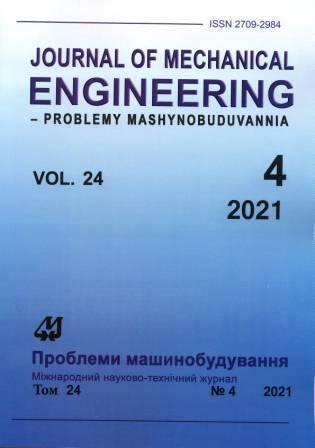Retrospective Review of a Two-Phase Mechanically Pumped Loop for Spacecraft Thermal Control Systems
Abstract
The main issues associated with the development of two-phase mechanically pumped loops (2f-MPL) for thermal control systems of spacecraft with large heat dissipation were formulated back in the early 80s. They have undeniable advantages over single-phase loops with mechanical pumping and two-phase capillary pumped loops at power more than 6 kW and heat transfer distance more than 10 meters. Intensive research and development of such systems started in the USA together with European, Canadian and Japanese specialists due to plans to build new high-power spacecraft and the Space Station Freedom project. In the 90's, S. P. Korolev Rocket and Space Corporation Energia (Russia) was developing a 2f-MPL for the Russian segment of the International Space Station with the capacity of 20...30 kW. For this purpose, leading research organizations of the former Soviet Union were involved. In the last two decades, interest in two-phase heat transfer loops has significantly increased because of high-power stationary communications satellites and autonomous spacecraft for Lunar and Martian missions. The paper presents a retrospective review of worldwide developments of 2f-MPLs for thermal control systems of spacecraft with large heat dissipation from the early 80's to the present. The participation of scientists and engineers of the Ukrainian National Aerospace University "KhAI" and the Center of Technical Physics is considered. The main directions of research, development results, and scientific and technical problems on the way to the practical implementation of such system are considered. Despite a large amount of research and development work done, there were no practically implemented projects of spacecraft with the high-power thermal control system until recent days. The first powerful stationary satellite with the 2f-MPL was SES-17 satellite on the NEOSAT platform by Thales Alenia Space - France. The satellite was successfully launched into space on October 24, 2021 by onboard Ariane 5 launcher operated by Arianespace from the Europe’s Spaceport in Kourou, French Guiana.
Downloads
Published
Issue
Section
License
Copyright (c) 2021 Г. А. Горбенко, П. Г. Гакал, Р. Ю. Турна, А. М. Годунов

This work is licensed under a Creative Commons Attribution-NoDerivatives 4.0 International License.
All authors agree with the following conditions:
- The authors reserve the right to claim authorship of their work and transfer to the journal the right of first publication of the work under the license agreement (the agreement).
- Authors have a right to conclude independently additional agreement on non-exclusive spreading the work in the form in which it was published by the jpurnal (for example, to place the work in institution repository or to publish as a part of a monograph), providing a link to the first publication of the work in this journal.
- Journal policy allows authors to place the manuscript in the Internet (for example, in the institution repository or on a personal web sites) both before its submission to the editorial board and during its editorial processing, as this ensures the productive scientific discussion and impact positively on the efficiency and dynamics of citation of published work (see The Effect of Open Access).

